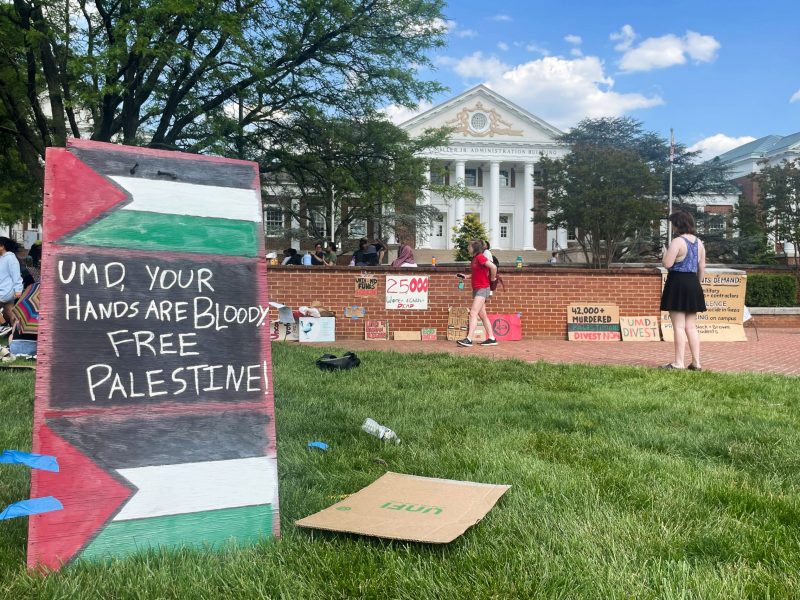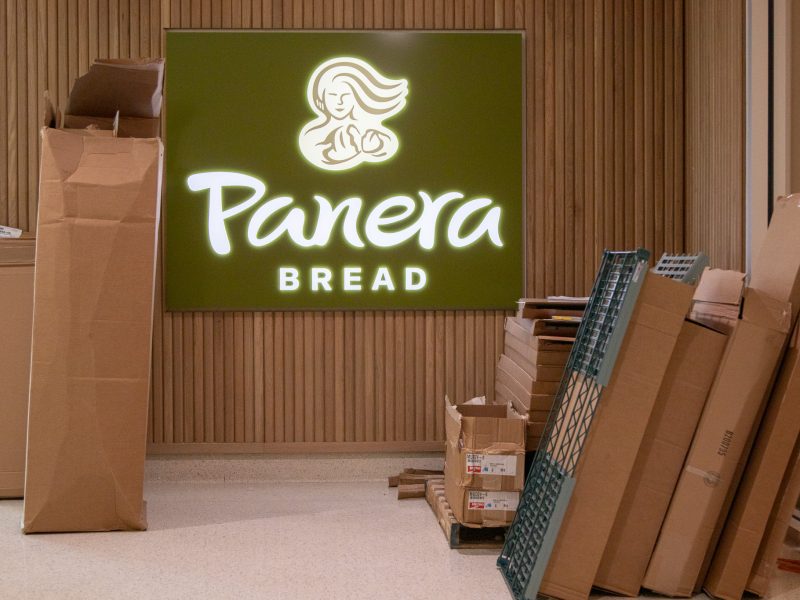About 90 buildings on the University of Maryland’s campus contain asbestos, and five of those are so hazardous parts of those buildings are restricted to the public.
The material, which was used in construction, is harmful only when it is friable, meaning easily pulverized or ground into a powder form, said Facilities Management Operations and Maintenance Director Jack Baker. That is when the material can become airborne and when there is a possibility of exposure. When asbestos is inhaled, it can cause serious lung damage and diseases such as mesothelioma and lung cancer, according to the National Cancer Institute.
Director of Residential Facilities Jon Dooley gets calls every summer from parents asking him about exposure to asbestos in dorms.
“Every single residence hall is safe,” Dooley said. “We refer students to the residential facilities website if they have any questions about asbestos in their dorm.”
But “pretty much any building” more than 30 to 40 years old has it somewhere Baker said. The most common ways it was used in buildings on the campus were in floor tiles, pipe insulation, fire doors, doors between stairwells and ceiling tiles, Dooley added.
Most of the South Hill buildings, which includes dorms on the Washington Quad, went through renovations in recent years and therefore don’t have any asbestos in them, Dooley said. However, many of the North Hill buildings still have the material.
Cambridge Hall, Queen Anne’s Hall and Somerset Hall also went through renovations over the past few years that included getting rid of any asbestos. The next dorm up for renovation and asbestos removal is Dorchester Hall, according to the 2014 On-Campus Housing Strategic Plan.
South Campus Commons apartments and Courtyards do not have asbestos, Dooley said.
As for other buildings on the campus, more than 70 contain non-friable asbestos, meaning there is no exposure. Five buildings — the Engineering Lab Building, H.J. Patterson Hall, the Reckord Armory, the Mitchell Building and Francis Scott Key Hall — have hazardous material and restricted areas, according to this university’s asbestos inventory.
Julius Williams, contract construction supervisor for hazardous and material services, said this university has an asbestos management plan and that the plan will address all restricted areas on the campus in the next year.
Besides emergency asbestos removal in hazardous areas, this university also removes asbestos as part of a specific renovation already taking place.
During the 2015–16 academic year, about 250 cubic yards of asbestos were taken out of buildings on the campus, said asbestos program manager Jennifer Rous. During the 2014–15 academic year, 375 cubic yards were removed.
“There is a downward trend in the general amount of asbestos being removed,” Rous said. “Since no more was put into buildings after the 1980s, when you stop adding it and continue removing the material, it eventually is going to go away completely.”
The asbestos inventory at this university, which is referenced for construction projects, only has about 80 percent of the total amount of asbestos on the campus because not all of it can be safely tested without making the material hazardous, Williams said.
Third party contractors take care of the removal, Baker said. All work is done at night, after business hours or on weekends in order to minimize interruptions, Rous said. The removal takes place inside a negative pressure containment area, which is in accordance with federal and state regulation. An industrial hygienist samples the air afterward to make sure there is no asbestos contamination.
“These are the safest projects that anyone does because of the regulations and also because people are trained to remove asbestos safely,” Baker said.
In the past year, the Armory, Toll Physics Building, the Chemistry building, Cole Field House, the Benjamin Building and Kirwan Hall went through some asbestos removal.
“Our asbestos management program on campus is top notch,” Williams said. “Our third party contractors, besides being trained specifically in asbestos removal, are collecting samples before, during and after asbestos removal projects in order to ensure the safety of workers, faculty and students on campus.”
Currently, room 3306 in Kirwan Hall is going through a renovation and asbestos removal of floor tile, Bill Olen, capital projects director, said. This project will be done by the end of October.
Since 1979, this university and the state of Maryland have allocated several million dollars toward asbestos removal, according to the Residential Facilities website. The campus currently has its own budget for asbestos removal projects of about $250,000 to $500,000 per year, Williams said.
“Any work we do to improve the campus hopefully has helped students and we hope to get to the point where asbestos won’t exist at all on campus anymore,” Baker said. “For now, most asbestos on campus is perfectly safe and we remove it when doing construction because it could break up and then it could be dangerous.”



